trees for syrup!?
smokey27
18 years ago
Related Stories
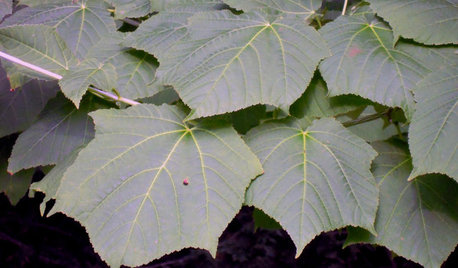
GARDENING GUIDES5 Amazing Small Maple Trees
There's more to maples than syrup. Expand your maple milieu with any of these 5 small and unusual trees
Full Story
EDIBLE GARDENSWhy Grow Quince? For Beauty, Fragrance and Old-Time Flavor
Delightfully perfumed fruit and lovely spring blossoms make this apple and pear cousin worth a spot in the garden
Full Story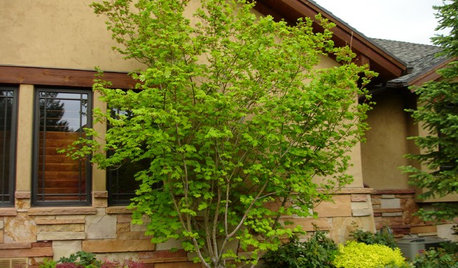
LANDSCAPE DESIGNGreat Design Plant: Vine Maple
Exciting year-round color and adaptability make this highly ornamental native small tree a top choice for home gardens
Full Story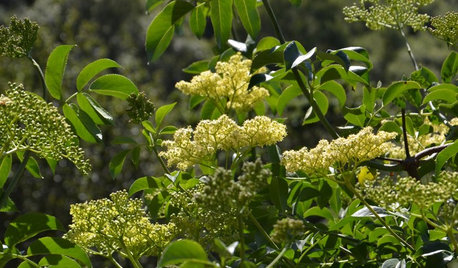
GARDENING GUIDESGreat Design Plant: Sambucus Nigra Caerulea for the Birds
Blue elderberry is a favorite of birds and other wildlife in its native California
Full Story
GARDENING GUIDESGreat Design Plant: Sambucus Nigra
Common elderberry is a highly adaptable shrub from the eastern U.S., with berries galore for wildlife and humans alike
Full Story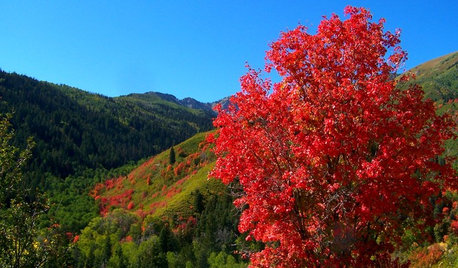
GARDENING GUIDESBigtooth Maple, the West’s Native Sugar Maple
Plant Acer grandidentatum for cool shade, brilliant autumn colors and songbird habitat
Full Story
PRODUCT PICKSGuest Picks: Pretty Packaging for Homemade Holiday Treats
Keep fragile baked goods and candies intact and in style with these boxes, bags, tins and plates
Full Story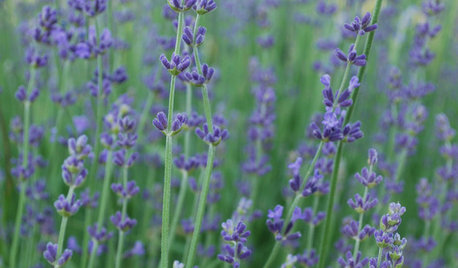
EDIBLE GARDENSHow to Grow Your Own Cocktail Garden
Conceivably, anything edible could find its way into a cocktail. Why not make the route rather short?
Full Story
LIFE9 Ways to Unclutter Your Holiday
If piles of gift wrap, boxes and extra items are weighing you down, clear the way to enjoy a serene holiday with these decluttering tips
Full Story
PLANTING IDEASGreat Garden Combo: Rose + Clematis for Small-Space Impact
We all need somebody to lean on. And when a rose supports a climbing vine, the results can totally transform a small garden
Full StorySponsored
Experienced Craftsman & Exceptional Quality Masonry in Franklin County
More Discussions







Embothrium
bhrost
Related Professionals
Fort Lee Landscape Architects & Landscape Designers · Oconomowoc Landscape Architects & Landscape Designers · Buford Landscape Contractors · Mooresville Landscape Contractors · Battle Ground Landscape Contractors · Fort Wayne Landscape Contractors · Fort Worth Landscape Contractors · Melrose Landscape Contractors · Mission Viejo Landscape Contractors · South Lyon Landscape Contractors · View Park-Windsor Hills Landscape Contractors · Mesa Fence Contractors · New Haven Fence Contractors · Whittier Fence Contractors · Woodland Fence Contractorsnoki
bhrost
Embothrium
Embothrium
lucky_p
njbiology